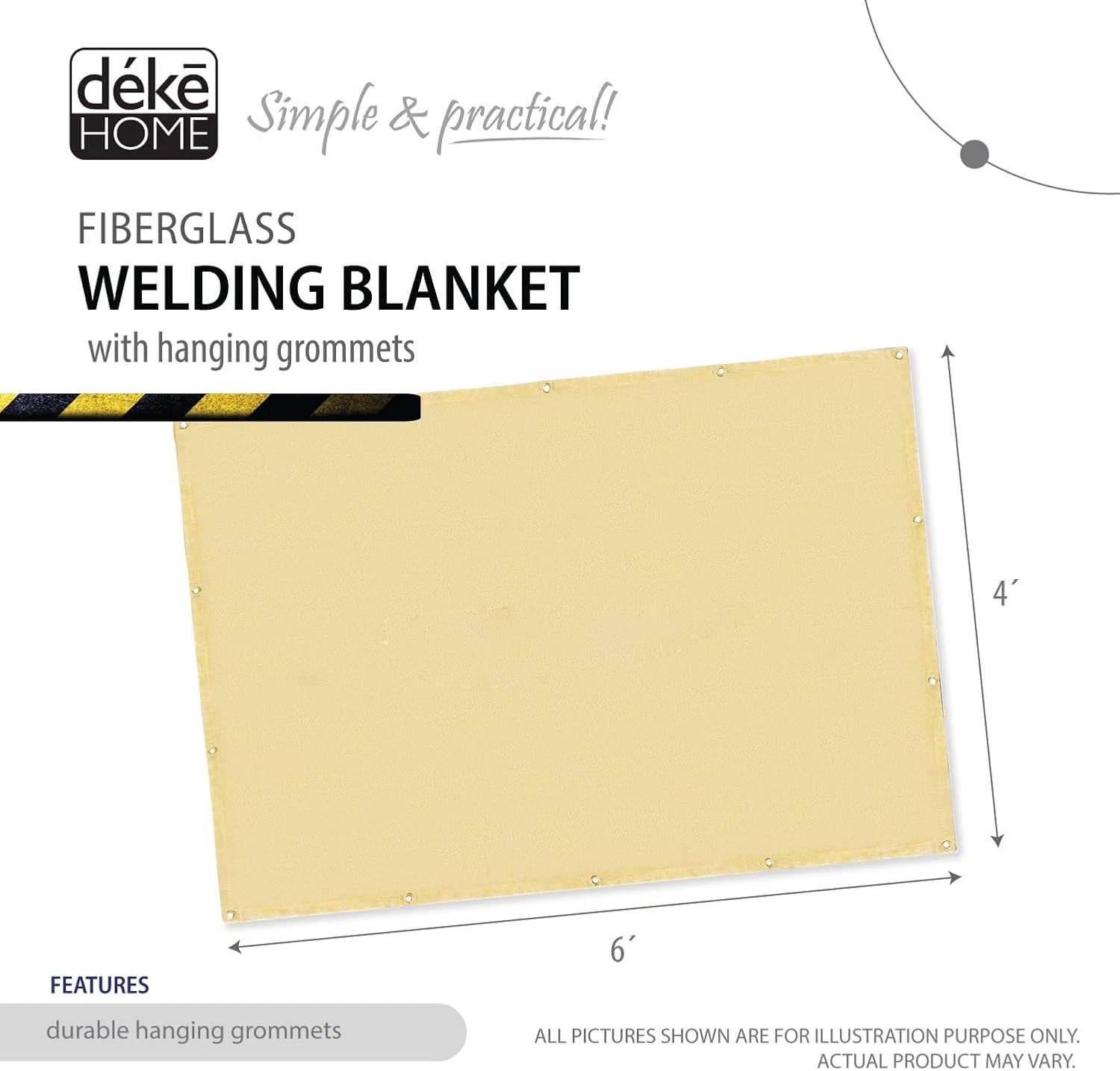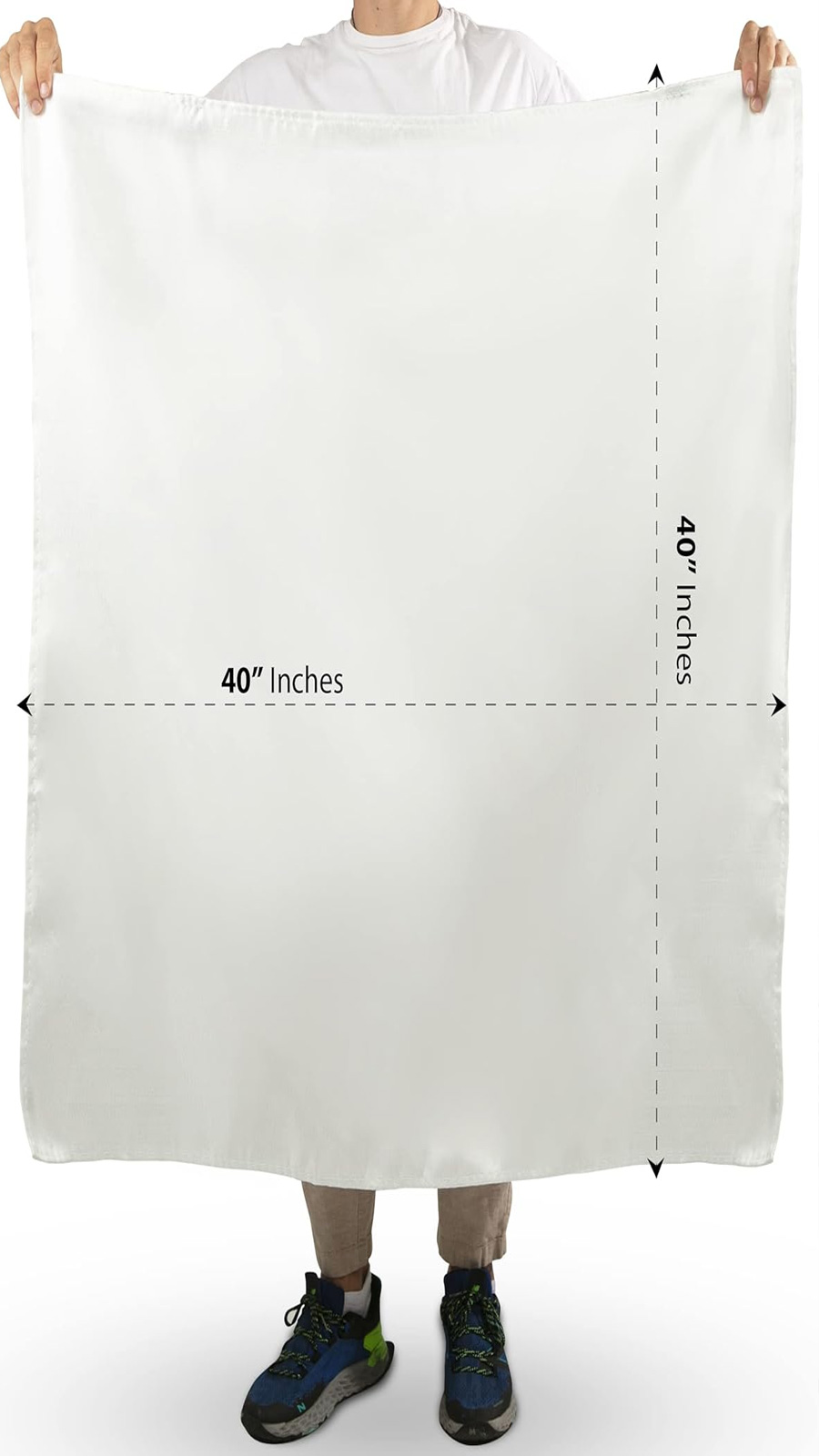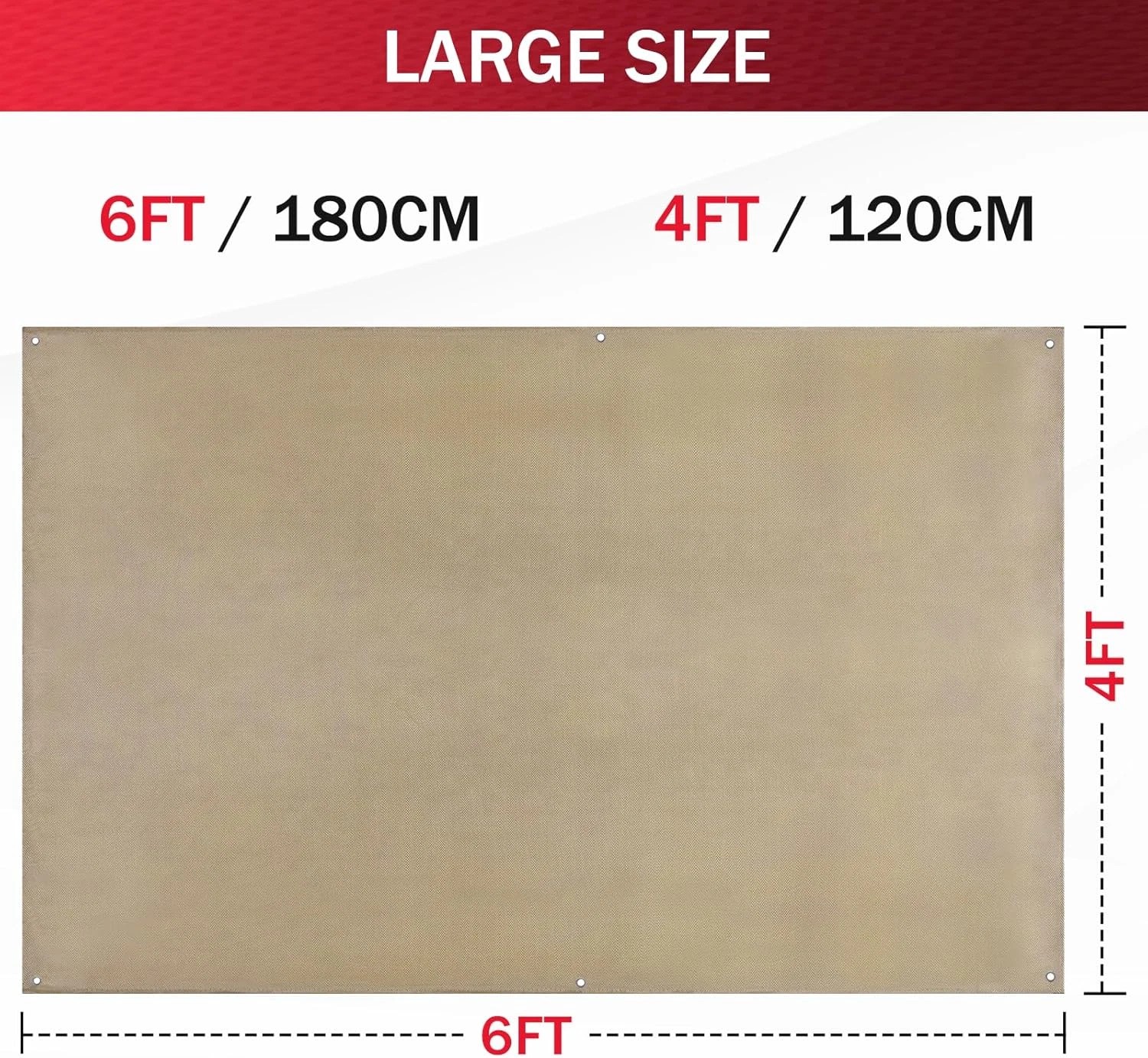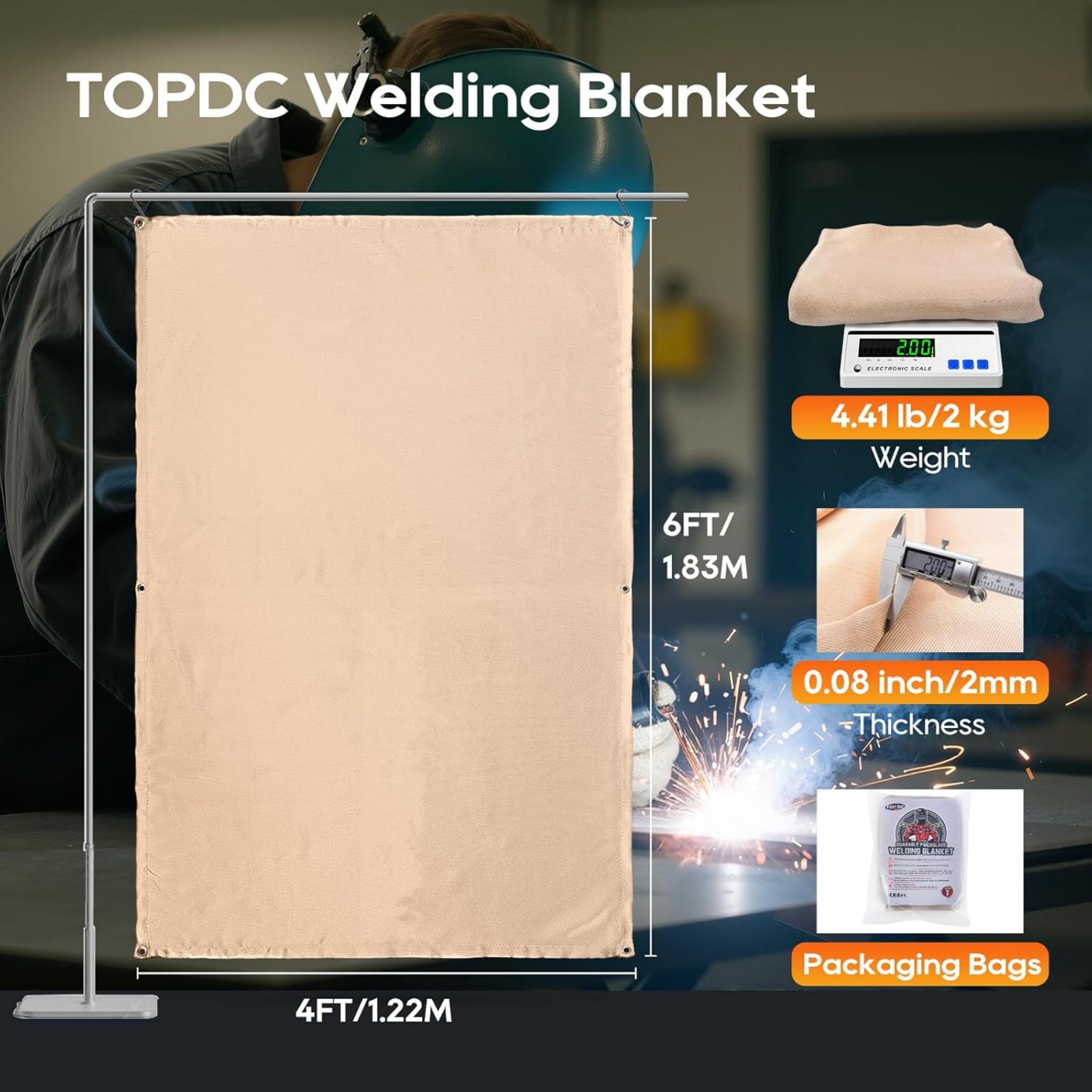Ceramic Fire Insulation Blanket: High-Temperature Protection for Industrial and Home Use
Ceramic fire insulation blankets provide exceptional heat resistance up to 2300°F. These flexible thermal barriers protect equipment, pipes, and structures while improving energy efficiency. Learn their composition, applications, and installation tips.
What Is a Ceramic Fire Insulation Blanket?
A ceramic fire insulation blanket is a lightweight, flexible thermal barrier made from high-purity ceramic fibers. You'll find these blankets in various thicknesses (1/4" to 2") and densities to suit different temperature requirements. Unlike rigid insulation, they conform to irregular shapes while maintaining excellent heat resistance.
Key Features and Benefits
When you choose a ceramic fire insulation blanket, you get:
- Temperature resistance from 1200°F to 2300°F (650°C to 1260°C)
- Low thermal conductivity (0.05-0.12 W/m·K at 1000°F)
- Chemical stability against most corrosive agents
- Excellent thermal shock resistance
- Easy cutting and installation with basic tools
Common Applications
You can use ceramic fire insulation blankets in multiple scenarios:
Industrial Settings
Wrap furnace linings, boiler insulation, or exhaust systems. They protect workers from burn hazards while reducing energy costs by up to 30%.
Fire Protection
Install them as fire barriers in buildings or around flammable storage areas. Their non-combustible nature makes them ideal for passive fire protection.
Automotive
Use them to insulate exhaust components or protect sensitive electronics from engine heat in race cars and performance vehicles.
Installation Guidelines
Follow these steps for proper ceramic fire insulation blanket installation:
- Clean the surface thoroughly before application
- Measure and cut the blanket with sharp scissors or a utility knife
- Secure with high-temperature adhesives or stainless steel wires
- Overlap seams by at least 2 inches for complete coverage
- Wear protective gear (gloves, mask, goggles) during installation
Maintenance and Safety
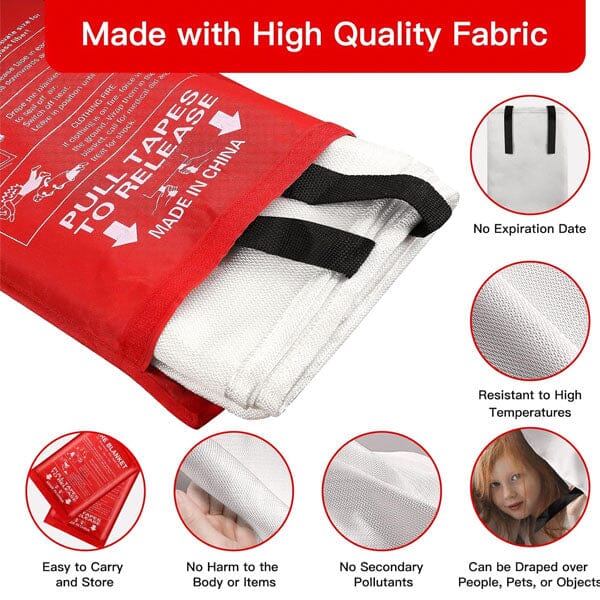
Your ceramic fire insulation blanket requires minimal maintenance but follow these precautions:
- Inspect annually for damage or compression
- Replace if you notice significant fiber breakdown
- Avoid direct skin contact - fibers may cause irritation
- Use in well-ventilated areas during installation
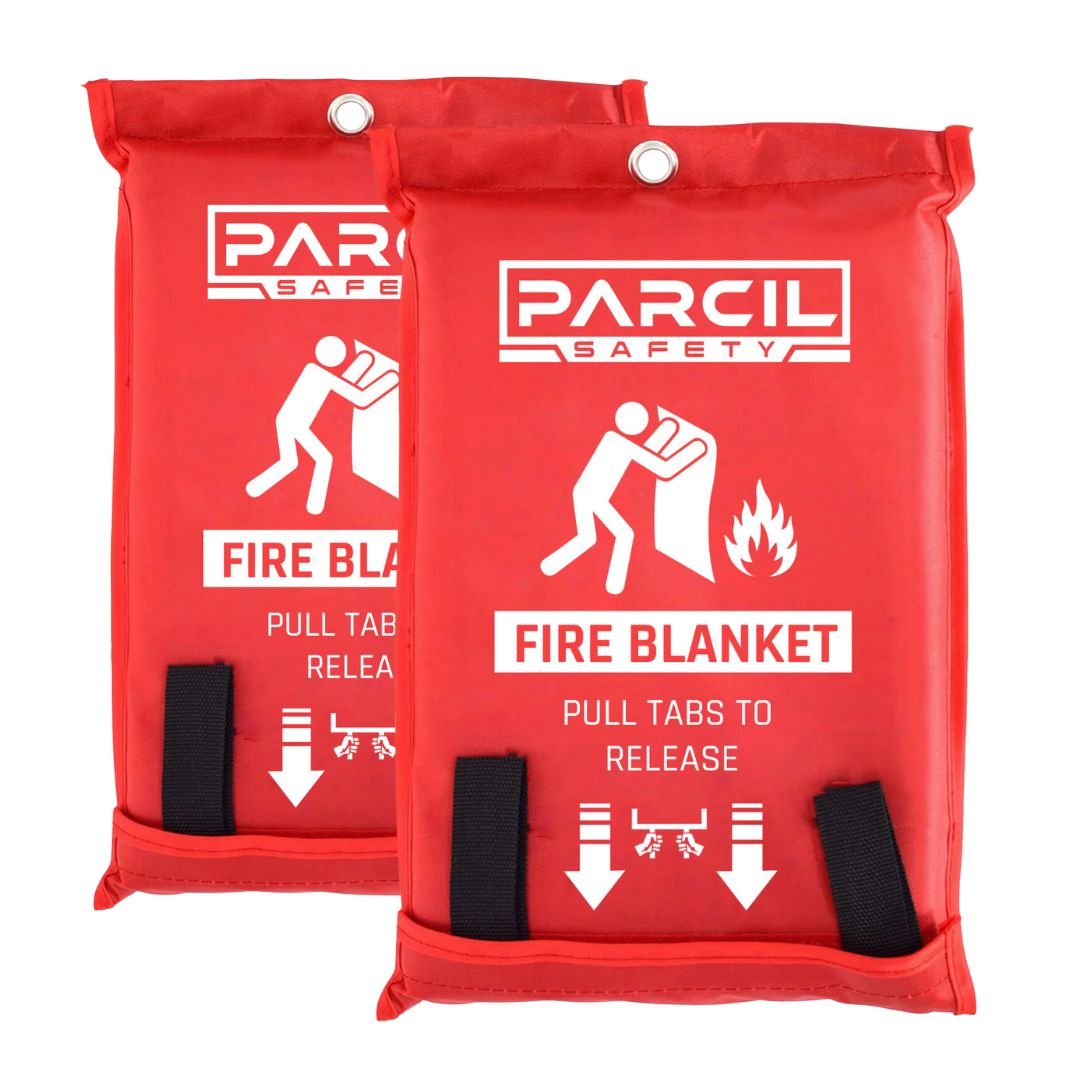
Choosing the Right Blanket
Consider these factors when selecting a ceramic fire insulation blanket:
| Factor | Consideration |
|---|---|
| Temperature | Match maximum operating temperature to blanket rating |
| Thickness | Thicker blankets provide better insulation but reduce flexibility |
| Density | Higher density offers better durability but costs more |
| Facing | Optional foil or fiberglass reinforcement for added protection |
Environmental Benefits
By using ceramic fire insulation blankets, you contribute to energy conservation. Their excellent insulating properties reduce fuel consumption in industrial processes. Most products are also recyclable and contain no asbestos or other hazardous materials.
Frequently Asked Questions
Q: How long do ceramic fire insulation blankets last?A: With proper installation and maintenance, they typically last 5-10 years in industrial applications.
Q: Can I wash my ceramic insulation blanket?A: No, washing damages the fibers. Use compressed air for cleaning if necessary.
Q: Are these blankets safe for food processing equipment?A: Yes, when using food-grade ceramic fiber products specifically designed for this purpose.
Ceramic fire insulation blankets offer versatile, high-performance thermal protection for numerous applications. Their combination of flexibility, durability, and exceptional heat resistance makes them superior to traditional insulation materials in high-temperature environments.



